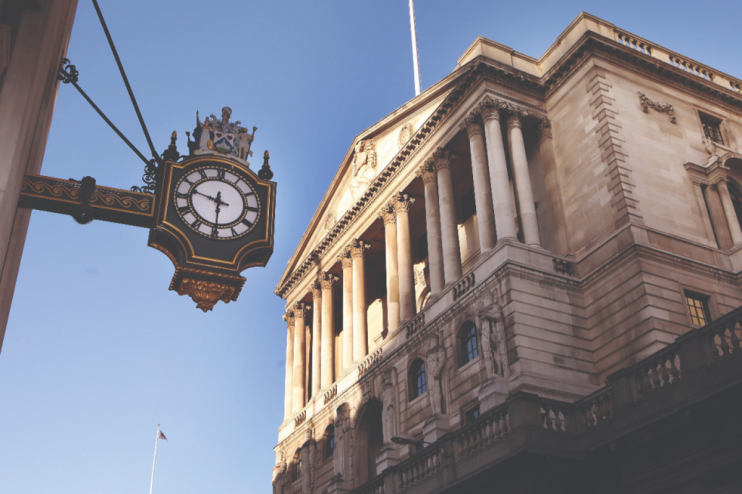Markets doubt Bank of England’s cautious approach to interest rates

Financial markets think the Bank of England will be forced to cut interest rates faster than the official guidance suggests.
The Bank held interest rates at five per cent last week, having cut rates for the first time since the pandemic back in August.
Following the decision, Bailey cautioned that the MPC needed to be careful “not to cut rates too fast or too much,” which is likely to mean that the Bank cuts rates just once more this year.
Looking into next year, most economists think that the Bank’s rhetoric implies a cautious approach to dialling back monetary restrictiveness.
However, many economists think the Bank will pick up the pace of rate cuts as the year nears its end.
“By the time of November’s meeting, and more so by December, we think it will become clearer that rate cuts can pick up speed,” economists at ING said.
They pointed out that business surveys, such as the Bank of England’s own decision maker panel, indicate that wage growth looks set to fall much further in the months ahead, which should help to push services inflation lower.
Services inflation is a key indicator of domestic price pressure, making it a crucial gauge for the Bank as it considers how far to cut interest rates.
Services inflation has eased significantly over the past few months, although it remains at 5.6 per cent. Similarly, wage growth has fallen from its recent peaks, but remains comfortably above target-consistent rates.
The Bank wants to see further progress on these measures before embarking on more aggressive rate cuts, but Ashley Webb, UK economist at Capital Economics, doubts the Bank’s hawkish skew.
“It’s just a matter of time before the Bank does become less concerned about inflation,” he said.
The consultancy expects to see a “marked easing” in inflation in the second half of next year, which will encourage the Bank to cut rates to as low as 3.0 per cent.
Analysts at Goldman Sachs also expect to see the Bank pick up the pace of rate cuts as a result of “cooling” wage growth and easing services inflation.
“Incoming information will push the BoE towards faster policy normalisation,” they wrote, predicting that the Bank Rate would fall to 3.0 per cent by September 2025.
Markets have fully priced in a rate cut for November’s meeting and think a December cut is more likely than not, although the odds of a cut have fallen since last week’s meeting.
Traders have priced in around 100 basis points of rate cuts across 2025, which would mean the Bank Rate ends the year around 3.5 per cent with further reductions expected in 2026.
However, two members of the MPC – Catherine Mann and Megan Greene – have urged the Bank to be cautious, warning about potential risks of inflation persistence on both the supply side and the demand side.